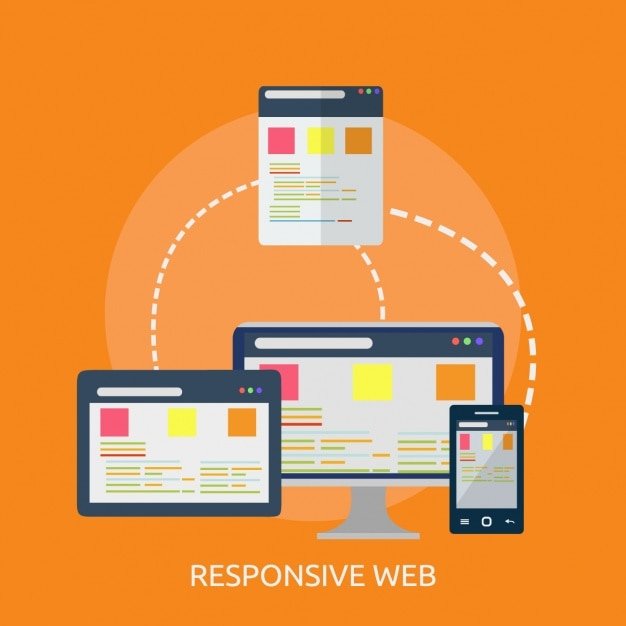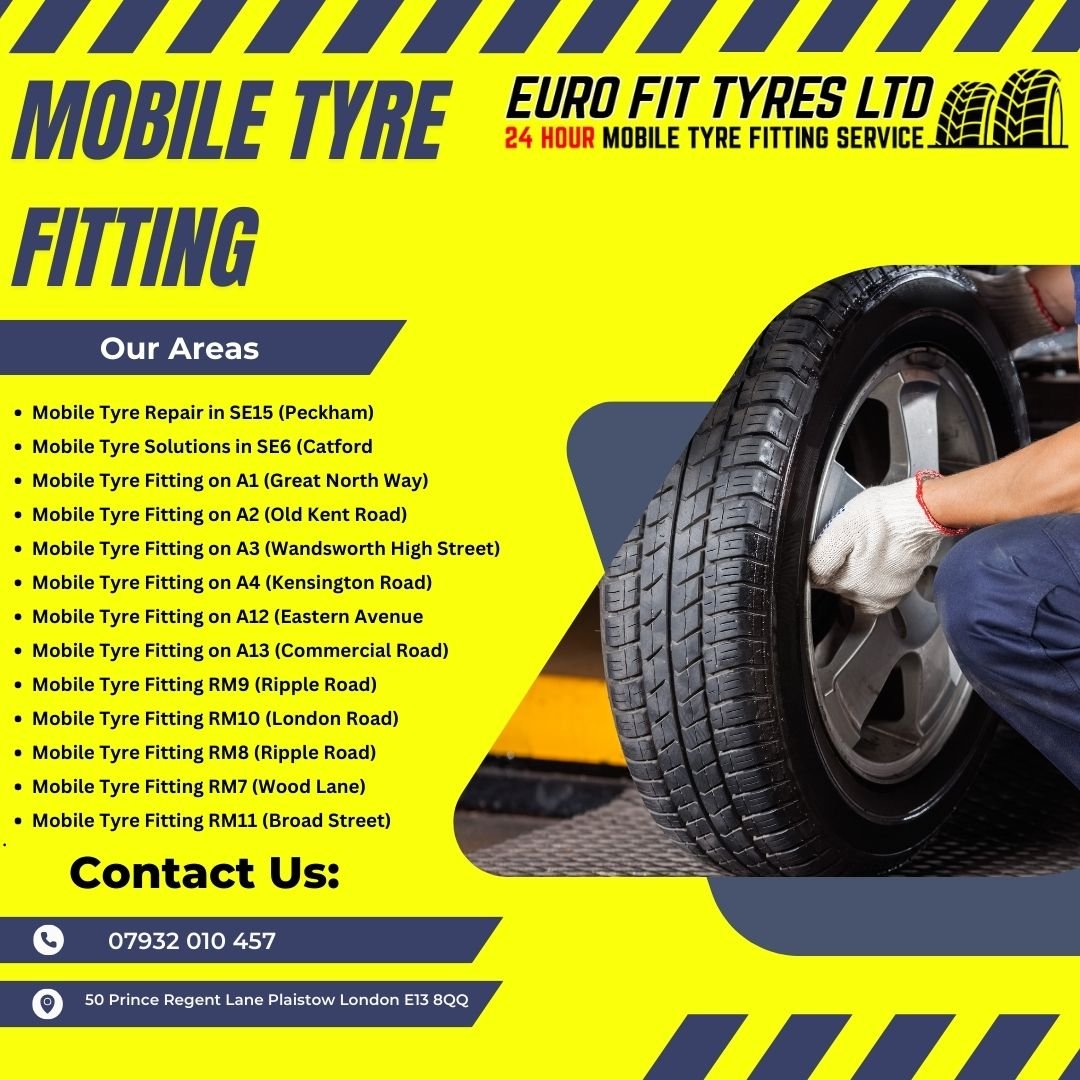Your HVAC business needs a solid online presence to stand out in the ever-evolving digital world. Your website is often the first point of contact between you and potential customers and needs to make a lasting impression. Web design can help HVAC businesses improve engagement, build credibility, and convert leads if done right. When considering web design for HVAC website, key features should be prioritized to ensure your website works effectively.
This comprehensive guide will cover the ten essential web design features every HVAC website needs to ensure success.
Responsive Design

Why Responsive Design is Crucial
A responsive design is one of the most critical features in web design for HVAC websites. With more people using mobile devices to browse the internet, ensuring your website looks good and functions well on different screen sizes is essential. A non-responsive website alienates mobile users and can hurt your search engine rankings.
Benefits of a Responsive HVAC Website
- Improved user experience: Users can easily navigate your site, no matter their device.
- Higher rankings on Google: Search engines prioritize mobile-friendly websites.
- Increased conversions: A seamless experience leads to better engagement and higher conversion rates.
Make sure your web design for the HVAC website adjusts fluidly to different devices, including smartphones, tablets, laptops, and desktops.
Clear Navigation
Streamlined and Intuitive Navigation
A clean and simple navigation menu is vital in designing HVAC websites. If visitors cannot quickly find the information they seek, they are more likely to leave.
Critical Elements of Effective HVAC Website Navigation
- Simple structure: Limit the number of items in the main menu to avoid overwhelming visitors.
- Logical categories: Group services, contact information, and blogs into clear sections.
- Clickable links: Make it easy for visitors to navigate between pages.
Good navigation in web design for HVAC websites should minimize clicks and make it easy for users to find information.
Fast Loading Speed
The Need for Speed in Web Design
Loading speed is crucial for retaining visitors on your HVAC website. Visitors will likely leave if your site takes more than a few seconds to load, causing a high bounce rate. Optimizing load time is, therefore, necessary for web design for HVAC websites.
Tips for Improving Website Speed
- Optimize images: Large images can slow down your site. Compress and optimize them for faster loading.
- Enable caching: Caching allows web browsers to store some data, reducing load time when a visitor returns to your site.
- Reduce the use of plugins: Too many plugins can slow down your website. Only use essential ones.
Fast-loading pages leads to better user experience, and web design for HVAC websites should prioritize performance to keep visitors engaged.
Strong Calls-to-Action (CTAs)
Encouraging Conversions Through CTAs
Every HVAC website needs well-placed calls to action (CTAs) to guide visitors toward making a decision, such as scheduling an appointment or requesting a service quote. A clear and compelling CTA is a crucial feature in HVAC website design.
Best Practices for HVAC CTAs
- Visible placement: Place CTAs prominently on your homepage, service pages, and contact page.
- Actionable language: Use phrases like” et a Fr Quote,” schedule, ” Contact, or “Contact Us Today.”
- Contrasting colors: Make the CTA buttons stand out and contrast with the background.
Integrating strong CTAs in web design for HVAC websites increases the chances of turning visitors into paying customers.
Service Pages with Detailed Information
Showcasing Your HVAC Services
Service pages are a critical component of HVAC website design. These pages allow you to provide detailed descriptions of the services you offer, from AC repair to heating system installation. Comprehensive service pages help users understand what you do and how it can benefit them.
Features of Effective HVAC Service Pages
- Service descriptions: Clearly describe each service, detailing what it involves and how it helps customers.
- Pricing information: Be transparent about pricing or offer a free consultation or estimate.
- Visual elements: Include images or videos to give users a visual representation of your services.
A robust service page within your HVAC website’s design builds trust with potential customers and shows them exactly how you can meet their needs.
Contact Information and Lead Forms
Making It Easy for Customers to Reach You
An HVAC website’s fundamental goal is generating leads, and providing easy access to contact information is crucial. Your web design for the HVAC website should include multiple ways for customers to contact you.
Best Practices for Contact Information
- Phone number and email: Display your phone number and email prominently on every page, preferably in the header or footer.
- Contact forms: Use lead capture forms on your contact page to allow visitors to quickly request service, ask for quotes, or get more information.
- Live chat: Consider adding a live chat feature for instant customer interaction.
The easier it is for customers to contact you, the more leads your HVAC website design will generate.
Customer Reviews and Testimonials

Building Trust with Social Proof
When choosing an HVAC company, customers often rely on reviews and testimonials to decide. Including customer feedback in your HVAC website’s design helps build trust and credibility.
How to Display Reviews Effectively
- Dedicated testimonials page: Create a dedicated page where you showcase customer reviews and success stories.
- Rotating reviews on the homepage: Display positive feedback on your homepage in a rotating or sliding format.
- Third-party reviews: Link to third-party platforms like Google or Yelp, where customers can read additional reviews.
Positive testimonials within web design for HVAC websites provide social proof and help potential customers feel more confident about choosing your services.
Search Engine Optimization (SEO)
Optimizing HVAC Websites for Search Engines
Ranking well in search engines (SEO) is essential to driving traffic for any HVAC company. SEO ensures that your website appears when potential customers search for HVAC services. Effective web design for HVAC websites should incorporate SEO best practices.
SEO Features to Include in HVAC Web Design
- Keyword optimization: Use relevant keywords like “VAC services” and “C repair” throughout your website content.
- Meta descriptions: Ensure each page has a compelling meta description that encourages users to click.
- Internal linking: Link between your service pages, blog posts, and other key pages to improve site structure and SEO.
Without proper SEO, even the best-designed website might not reach its target audience. Prioritize SEO within your HVAC website’s design to improve visibility and attract more traffic.
Blog or Resource Section
Providing Valuable Content to Engage Visitors
An HVAC website benefits from having a blog or resource section where you can share valuable content, such as tips on HVAC maintenance, energy-saving advice, and industry trends. Including a blog is essential in web design for HVAC websites because it helps engage visitors and improves SEO.
How to Make Your HVAC Blog Stand Out
- Regular updates: Keep your blog updated with fresh, informative content relevant to your audience.
- Helpful information: Offer practical advice that helps homeowners with HVAC-related issues.
- SEO-optimized articles: Optimize blog posts for SEO by using relevant keywords and internal linking.
A blog not only positions your business as an authority in the HVAC industry but also helps your web design for the HVAC website rank better on search engines.
Secure Website with SSL Certification
Protecting Your Website and Customer Data
Security is paramount in web design for HVAC website. An SSL certificate ensures your website is secure, protecting sensitive information like customer contact details. Search engines like Google also prioritize secure websites, making it a vital feature for any business website.
Why SSL Certification is Essential for HVAC Websites
- Protects customer data: SSL encrypts information like credit card details, making it harder for hackers to access.
- Boosts SEO rankings: Google favors secure websites and ranks them higher in search results.
- Increases customer trust: Visitors feel more secure when they see your website is protected with SSL.
No web design for the HVAC website is complete without robust security measures, including an SSL certificate.
Conclusion
Your website’s quality can significantly impact your HVAC business’s success. By focusing on these ten essential features in your HVAC website’s design, you can create a powerful online presence that attracts visitors and converts them into loyal customers. Whether optimizing for speed, improving SEO, or enhancing user experience, these web design strategies will ensure that your HVAC website remains competitive in the digital-first world.
With the right combination of features, your HVAC website web design will become a valuable tool for driving business growth and improving customer satisfaction.



